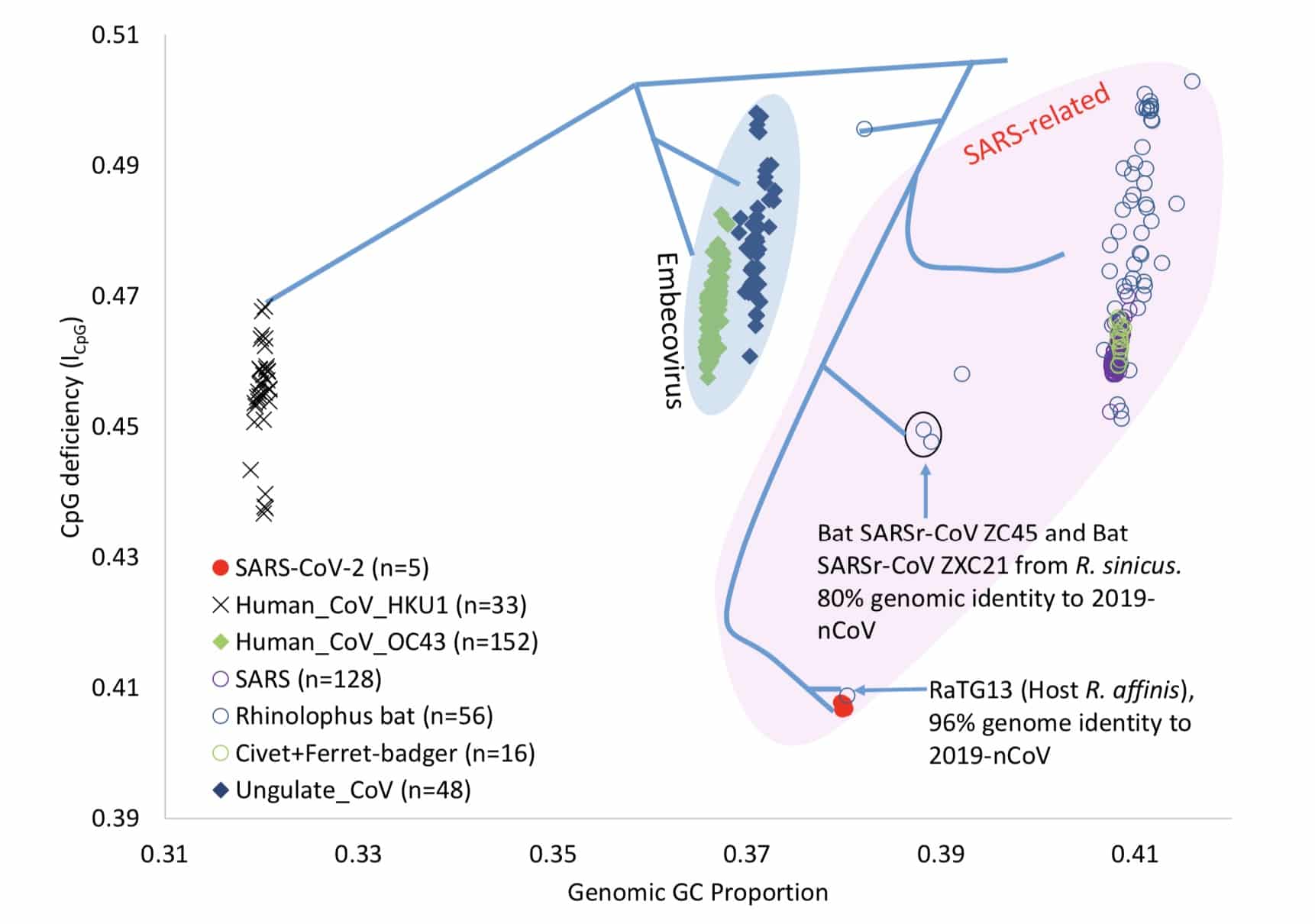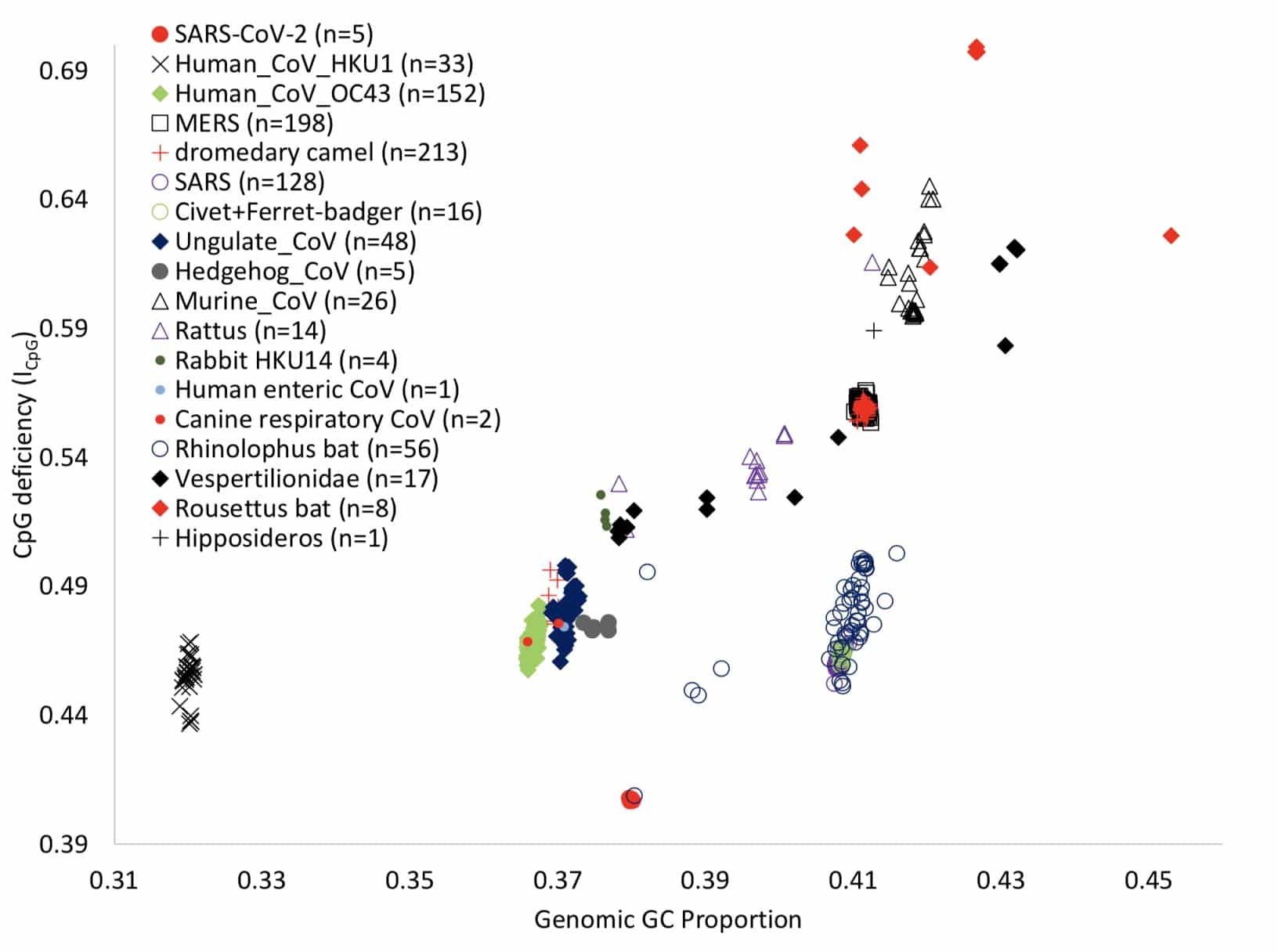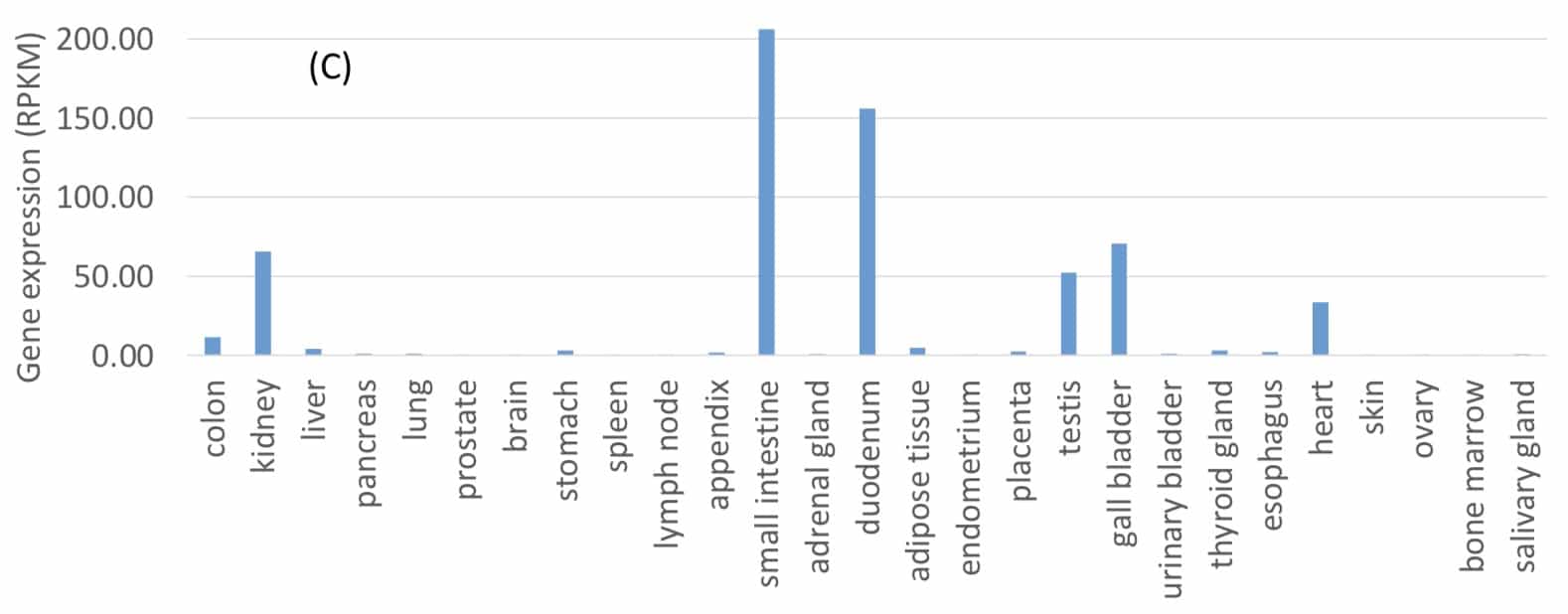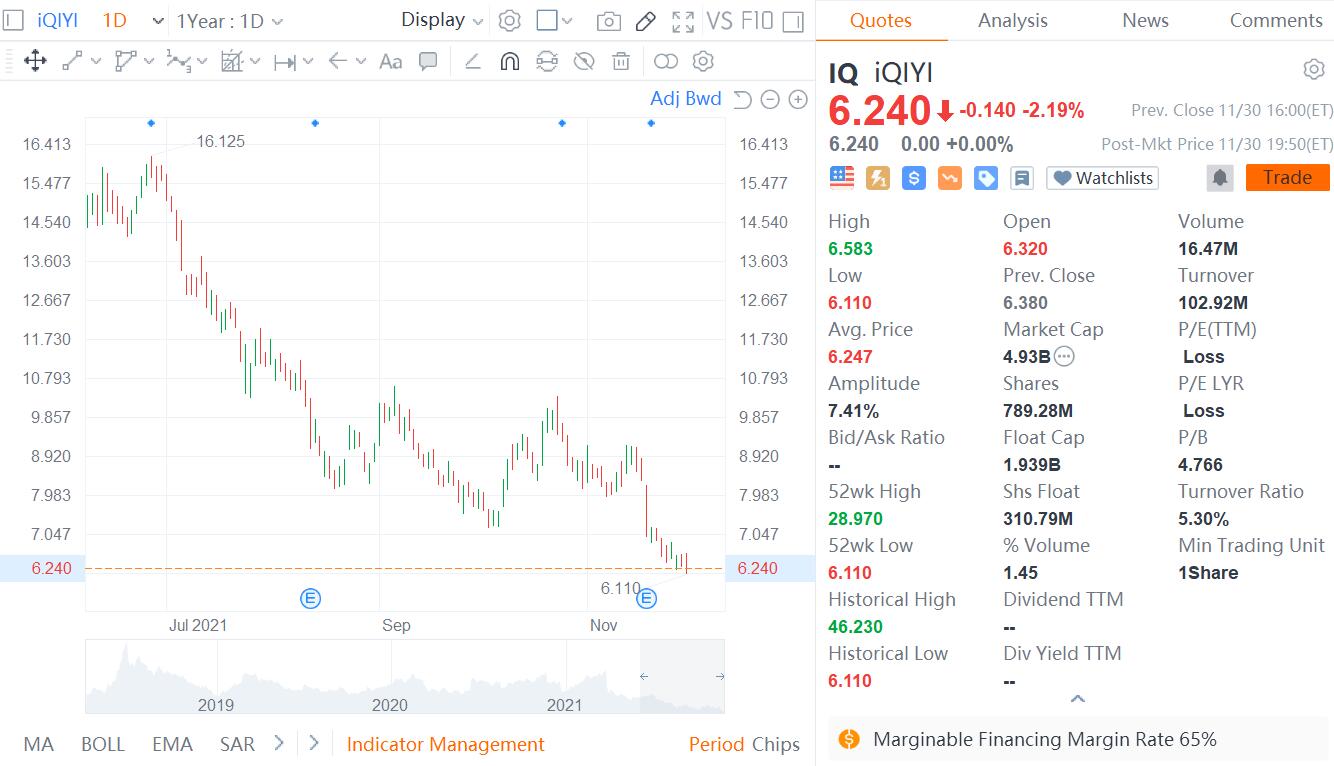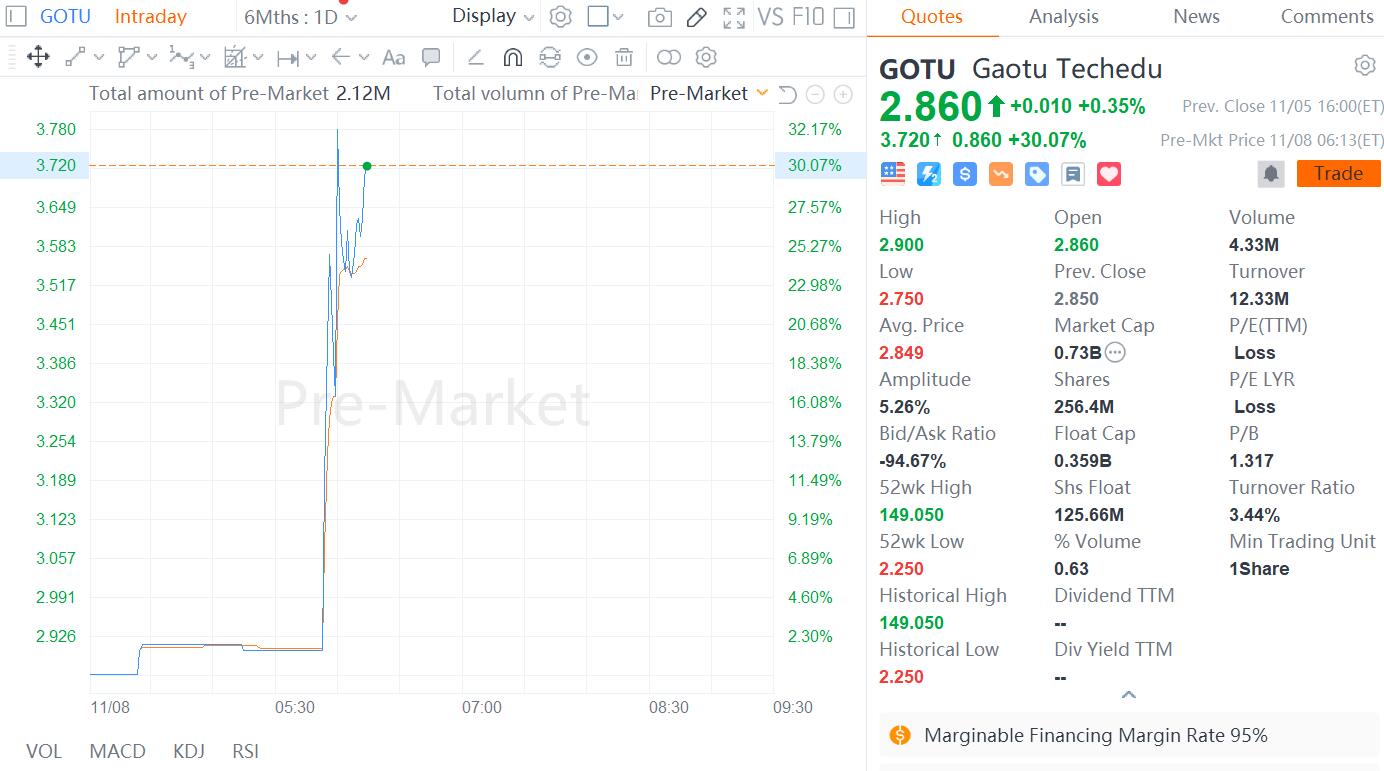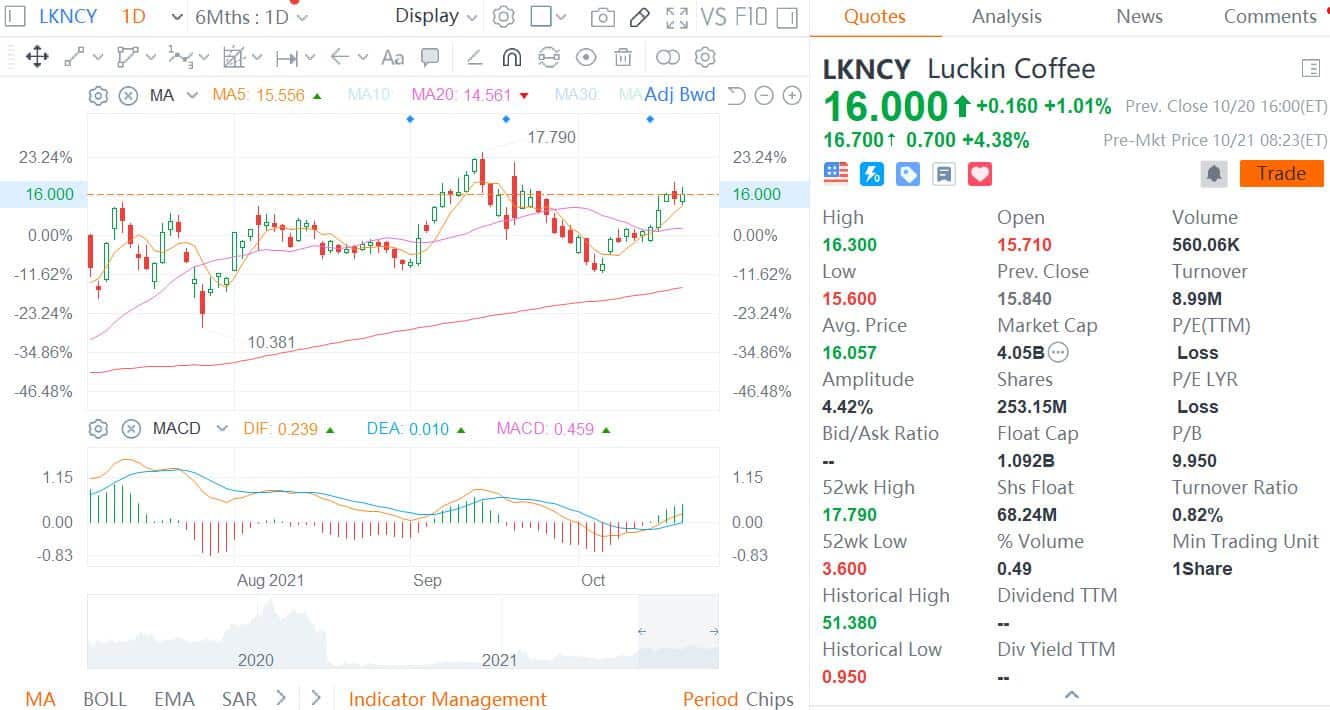Since the outbreak of the new coronavirus pneumonia Covid-19, more and more experimental teams around the world have joined the traceability team to try to understand how the new coronavirus that caused the outbreak was transmitted from animal hosts to humans.
As of now, the epidemic has caused more than 1.9 million diagnosed patients worldwide and more than 120,000 deaths.
At present, it is generally accepted that the new coronavirus may be derived from bats, and its similarity to the RaTG13 sample collected by a team of researchers from Shi Zhengli, Wuhan Institute of Virology, Chinese Academy of Sciences in 2013 in Yunnan, China is 96.2%.
However, scientists are still looking for an intermediate host between bats and the first introduction of a new coronavirus into humans. Snakes and pangolins have all been included on the "suspicious list."
The latest study adds another member to the list-dogs.
On April 14, local time, the international authoritative journal "Molecular Biology and Evolution" (Molecular Biology and Evolution (its 2018/2019 impact factor is 14.797)) published a study online, giving a new speculation: dogs may It is an intermediate host that transmits new coronavirus pneumonia to humans. The virus may evolve in the intestines of dogs, thereby gaining the ability to infect humans.
The study has only one author and is the corresponding author of the paper. It is Xuhua Xia (Xuhua Xia), a professor of biology at the University of Ottawa, Canada.
The official website shows that the research of the Xuhua Xia laboratory focuses on vertebrate mitochondria as a simplified biological system with three basic biological processes.
Host-parasite interactions at the molecular level, in particular mechanisms for controlling the origin of new viruses and bacterial pathogens through genomic recombination and horizontal gene transfer; microbial genome evolution; origin and evolution of alternative splicing; development of powerful computing tools.
Xuhua Xia concluded that the results of his research provided a hypothesis for the origin and initial spread of the new coronavirus.
First, the ancestors of the new coronavirus and bat-derived coronavirus RaTG13 infected the intestinal tract of a mammal (such as bat meat eaten by canines or humans).
Second, the strong selectivity of canine enterovirus RNA genome for CpG may lead to the rapid evolution of the virus. A large number of mutations from CpG to UpG lead to a reduction in the genome ICpG and GC%.
Third, dogs lick the anal area during mating and other conditions, helping the virus spread from the digestive system to the respiratory system.
Finally, the reduced viral genome ICpG allows the virus to evade the human ZAP-mediated immune response and become a serious human pathogen.
He emphasized that this shows the importance of monitoring SARS-like coronaviruses in wild dogs in the fight against new coronaviruses.
However, this inference by Xuhua Xia has now caused many scholars to openly question it.
Antiviral sentinel: ZAP
Wild mammal species, including bats, constitute a natural host for coronaviruses (including SARS, MERS, and deadly new coronaviruses).
The paper mentions that different hosts or host tissues provide different cellular environments, especially different antiviral and RNA modification activities, which can alter the RNA modification characteristics observed in the viral RNA genome.
Among them, zinc finger antiviral protein (ZAP) is a key component of mammalian interferon-mediated immune response, and its RNA binding domain specifically binds to the CpG dinucleotide in the viral RNA genome.
ZAP can inhibit viral replication and mediate viral genome degradation. Therefore, ZAP acts like an antiviral sentinel.
ZAP can fight not only retroviruses such as HIV-1, but also Ecovirus 7 and Zika virus. The latter two viruses are positive single-stranded RNA viruses, similar to coronaviruses.
In particular, in ZAP-deficient cells, the selection for CpG in viral RNA disappeared.
The paper mentions that this suggests that ZAP may be the only cytokine that targets CpG in the viral RNA genome.
In fact, many mammalian RNA viruses have evolved CpG defects.
Previous studies have shown that in the presence of ZAP, the addition of CpG dinucleotides in these low-CpG viral genomes always results in virus replication and reduced virulence.
This also prompted the development of vaccine development strategies involving increasing CpG to attenuate pathogenic RNA viruses.
The author cites some previous thoughts that there is a correlation between the reduction of CpG in the viral RNA genome and the enhancement of toxicity.
In RNA viruses, the connection between CpG decline and virulence enhancement is mainly due to the interferon-induced ZAP protein binding to the CpG dinucleotide in the viral RNA genome through its RNA binding domain, inhibiting viral replication and promoting viral genome degradation.
Based on this, the author mentions that the reduction of ICpG in viral pathogens means that the threat to public health increases, but the increase in ICpG reduces this threat, because such viral pathogens, with the increase of ICpG and the decrease of virulence, will Similar to natural vaccines. "In fact, many virus researchers have proposed to develop vaccines by increasing CpG in the viral RNA genome."
Given that ZAP exhibits tissue-specific expression, viruses that infect different tissues may have different CpG signals. "This provides a method for identifying viral host tissue switching."
The novel coronavirus and its closest RaTG13 have the lowest ICpG levels in their lineage
In this study, Xuhua Xia tested 1252 full-length genomes of beta coronaviruses deposited in GenBank.
GenBank is a DNA sequence database established by the National Center for Biotechnology Information (NCBI) and contains DNA sequences from all available public sources.
The results showed that the ICpG level of the new coronavirus and its closest known close relative RaTG13 (research team of Shi Zhengli, Wuhan Institute of Virology, Chinese Academy of Sciences, collected in Yunnan, China in 2013) is the lowest in its lineage, both of which are the viral genomes ICpG and GC% Outliers.
The authors say that it can be seen that there are differences in the genome GC% and ICpG between different virus lineages of the same host or between different hosts of the same virus lineage.
The author believes that the most striking thing is that the viral genome CpG in the RaTG13 lineage produced an isolated and sharp decline. After the outbreak, Shi Zhengli's team showed that the sequence similarity between RaTG13 and the new coronavirus was 96.2%.
The author wrote in the paper: Unfortunately, RaTG13 was not sequenced in 2013, otherwise the decline of ICpG may be a warning, because there are two very important meanings.
First, the virus may have evolved in a tissue with high ZAP expression. High ZAP expression is beneficial to the viral genome with low ICpG.
Second, and more importantly, the survival of the virus indicates that it has successfully avoided ZAP-mediated antiviral defenses. "In other words, this virus has become sneaky and dangerous to humans."
According to this test, the ICpG value of the RaTG13 genome is 0.40875, which is much lower than the ICpG value observed in all other β-coronavirus genomes collected from the bat species of Lysianthus.
ICpG will fluctuate in the genomes of different virus lineages, but only RaTG13 ICpG has been observed to have a very low value.
The author mentions that this suggests that the ancestors of RaTG13 and the new coronavirus may have evolved in mammalian tissues with high expression of ZAP, resulting in abnormally low ICpG.
This mammalian tissue may not be in the body of the chrysanthemum bat, because the ICpG content is not low in other bat families.
He believes that if a virus with a relatively low ICpG content can be identified, it means that the tissue and cell environment of the candidate host species has a strong selectivity for CpG in the viral genome.
Canine coronavirus: Is the new coronavirus derived from dogs?
As of February 3, 2020, among all beta coronaviruses provided by GenBank, there are 1127 unique genomes, of which 927 genomes have a clear host name.
But the author mentions that, surprisingly, there are no available beta-coronavirus genomes in different natural hosts with a genome combination of ICpG and GC% similar to the new coronavirus and RaTG13.
In order to find a mammalian host that might choose a virus lineage with a low ICpG value, the authors expanded the search to include all complete alpha coronavirus virus genomes in the study.
Its genomic testing range includes pets and dogs that humans often contact, cattle, horses, sheep and pigs, as well as hedgehogs and mice, as well as wild animals such as giraffes and African antelopes.
After expanding the search, the authors found that only the genomes from canine coronaviruses (CCoVs) had ICpG and GC% values similar to those of the new coronaviruses and RaTG13.
Canine coronaviruses cause highly infectious intestinal diseases in dogs worldwide, and the deadliest panthermovirus CCoV genome that invades multiple canine organs belongs to the branch with the lowest ICpG value observed.
The author believes that it is important to emphasize that canines, like camels, also have coronaviruses that infect their respiratory systems.
CRCoV has two genomic sequences, and their genomic ICpG values are 0.4756 and 0.4684, which are significantly higher than CCoVs that infect the digestive system (Figure 3A).
Therefore, similar to the camel-infected coronavirus, the ICpG content of CCoVs infected with the digestive system of dogs is much lower than that of CRCoVs infected with the respiratory system of dogs.
Current research believes that the cell receptor of the new coronavirus entering the cell is ACE2 (angiotensin converting enzyme 2).
ACE2 is widely expressed in the human digestive system, with the highest expression levels in the small intestine and duodenum, and relatively low expression in the lungs.
This indicates that the mammalian digestive system is likely to be infected by coronavirus.
The author believes that a recent report further confirms this explanation that most patients with Covid-19 also have digestive discomfort.
The author concludes in the paper that these observations provide hypotheses for the origin and initial spread of the new coronavirus.
First, the ancestors of the new coronavirus and bat-derived coronavirus RaTG13 infected the intestinal tract of a mammal (such as bat meat eaten by canines or humans).
Second, the strong selectivity of canine enterovirus RNA genome for CpG may lead to the rapid evolution of the virus. A large number of mutations from CpG to UpG lead to a reduction in the genome ICpG and GC%.
Third, dogs lick the anal area during mating and other conditions, helping the virus spread from the digestive system to the respiratory system. Finally, the reduced viral genome ICpG allows the virus to evade the human ZAP-mediated immune response and become a serious human pathogen.
He emphasized that this shows the importance of monitoring SARS-like coronaviruses in wild dogs in the fight against new coronaviruses.
Questioned
However, although the paper was officially published after peer review, it caused a lot of doubts.
The doubters generally believe that this is just a hypothesis, based on computer analysis of various coronavirus genomes, a theory that has not been proven by any established facts.
Professor James Wood, director of the Department of Veterinary Medicine at Cambridge University in the UK, said, "I don't think any dog owners will be worried about this research."
He believes that there is nothing in this paper that supports this hypothesis, "There are too many inferences and too few direct data."
William Schaffner, a professor of preventive medicine and infectious diseases and an infectious disease expert at Vanderbilt University School of Medicine in the United States, can't help but ask, "Should we worry about getting the virus from our dogs, or should we worry about spreading the virus to our dogs?" I think that the answer to both questions is no.
"This study was conducted on the basis of reanalyzing old data without any new data."
Ben Neuman, director of the Department of Biological Sciences at Texas A & M University, added that this study is similar to a previous paper that mistakenly regarded snakes as the origin of a new coronavirus. "Some new data are needed to finally unlock the new coronavirus. The mystery of origin, the conclusion that cats or dogs are intermediate hosts for new coronaviruses is highly speculative and should not be presented as facts. "
Similarly, Pleuni Pennings, an expert in ecology and chemistry from San Francisco State University in the United States, also believes that some of the data and conclusions in Xuhua Xia's paper cannot be established.
Pennings' team has tested the CpG levels of many viruses, and she believes that the logic of this study has weaknesses.
In a study published in the journal PLOS Genetics in 2018, Pennings investigated the CpG levels of the HIV virus and studied the evolution of this pathogen in the human body.
She also led a similar study, studying several other viruses, including dengue virus, influenza virus, hepatitis B and C viruses, to understand how often these viruses lose or acquire CpG sites through mutation.
Pennings said that generating CpG mutations can be costly for viruses because they alert the body to infection, so evolutionary forces will minimize them over time.
"There are many viruses with lower CpG values than the new coronaviruses," she said. "When you look at all the viruses, the CpG value is not surprising."
She added that the Xuhua Xia study did find that the new coronavirus contains fewer CpG sites than coronaviruses transmitted by other animals, and assuming this finding is correct, then this raises the question Situation.
Pennings said that even if there are evolutionary reasons to explain why the new coronavirus has lost its CpG site, the evolutionary reasons cannot make the virus have a special advantage in infecting humans.
In response to Xuhua Xia's paper, "The research shows a link between the reduction of CpG in the viral RNA genome and increased toxicity", which means that low CpG viruses seem to be associated with more serious infections.
However, Pennings reminded that viruses with a small number of CpG sites must be more deadly.
For example, she said, the BK virus contains very few CpG sites. About 60% to 80% of adults have this virus in the kidneys, but it usually only causes symptoms in immunosuppressed people.
It is also worth noting that some existing research does not seem to support dogs in playing an important role in this outbreak.
Prior to the local time on April 8, the top academic journal "Science" published online academicians of the Chinese Academy of Sciences, Harbin Veterinary Research Institute of the Chinese Academy of Agricultural Sciences, chief scientist of the animal flu basic and prevention research and innovation team Chen Hualan, and the Chinese Academy of Agricultural Sciences A study by Bu Zhigao, director of the Harbin Veterinary Research Institute and director of the National Animal Disease Prevention and Control High-level Biosafety Laboratory.
Through a series of new coronavirus infection tests conducted in P4 (Biosafety Level 4) laboratories, they found that the new coronavirus does not replicate well in dogs, pigs, chickens and ducks, but in ferrets and cats. very effective.
They also found that the virus can spread between cats through respiratory droplets.
In fact, since the outbreak of the new coronavirus pneumonia, some experimental teams engaged in virus tracing have successively included snakes, pangolins, cats and other animals into the list of suspected intermediate hosts for the new coronavirus.
However, as of now, there is still no convincing conclusion.
Special Report: Fighting The New Coronavirus


